Home>Ideas and Tips>Smart Window Actuator Installation for Automatic Ventilation
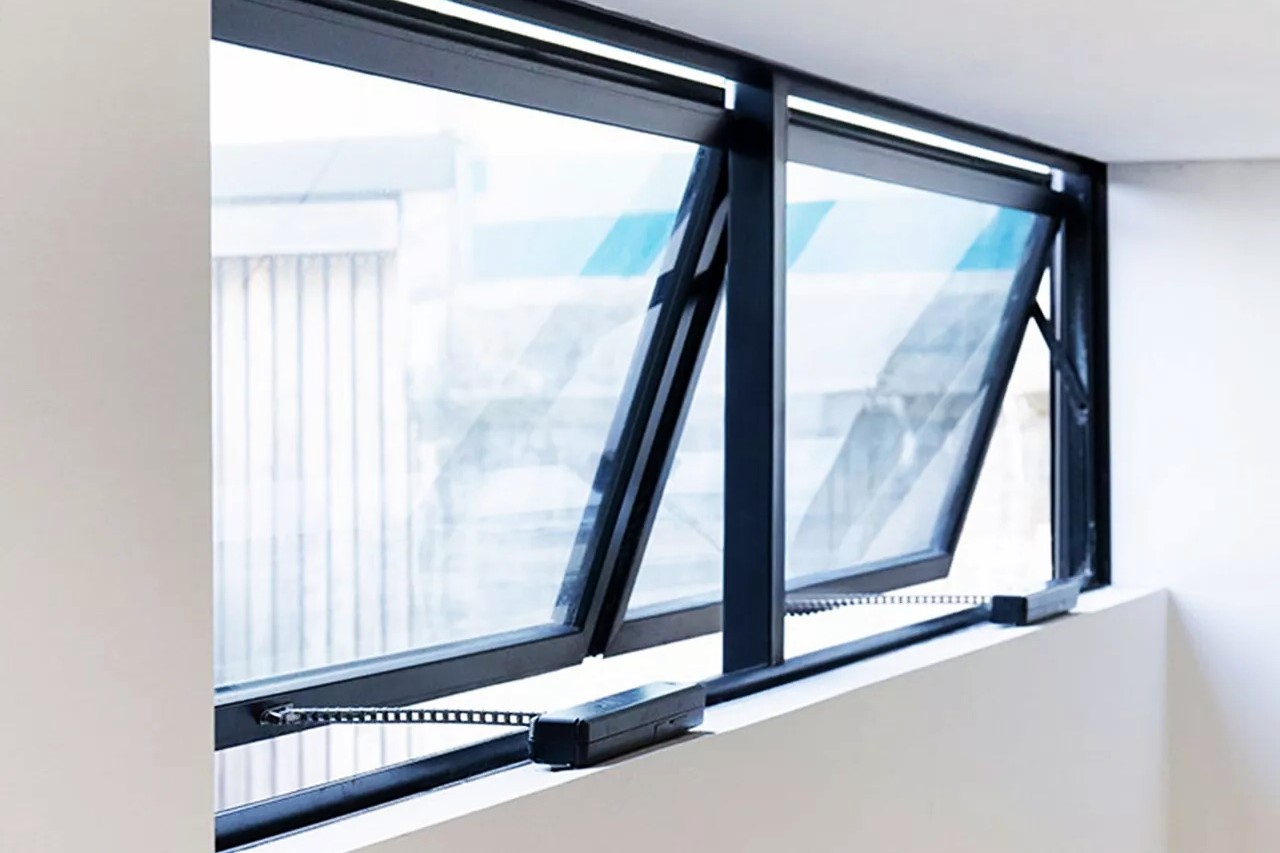

Ideas and Tips
Smart Window Actuator Installation for Automatic Ventilation
Published: September 25, 2024
Discover the benefits of smart window actuator installation for automatic ventilation, enhancing indoor air quality and energy efficiency in your home or office.
(Many of the links in this article redirect to a specific reviewed product. Your purchase of these products through affiliate links helps to generate commission for Storables.com, at no extra cost. Learn more)
In today's world, maintaining a comfortable and healthy indoor climate is crucial for both residential and commercial buildings. One of the most effective ways to achieve this is through smart window actuator installation, which enables automatic ventilation. This technology not only enhances indoor air quality but also contributes to energy efficiency and sustainability. In this article, we will delve into the world of smart window actuators, exploring their features, benefits, and practical applications.
Introduction to Smart Window Actuators
Smart window actuators are devices that automate the opening and closing of windows using electric motors. These actuators are designed to provide precise control over window movements, ensuring optimal ventilation and energy efficiency. Unlike traditional manual window operations, smart actuators can be integrated with building management systems (BMS) and other smart home technologies to create a seamless and intelligent building environment.
Read more: How To Install Power Door Lock Actuator
Key Features of Smart Window Actuators
-
Precision Control: Smart window actuators offer precise control over the opening and closing of windows. They can be programmed to open and close at specific times or in response to environmental conditions such as temperature and humidity levels.
-
Energy Efficiency: By automating the ventilation process, smart window actuators help reduce energy consumption. They can be programmed to open windows during cooler hours of the day, reducing the need for air conditioning and heating systems.
-
Indoor Air Quality: Smart actuators can be integrated with sensors that monitor indoor air quality, ensuring that windows open when necessary to improve ventilation and reduce the concentration of pollutants like carbon dioxide and volatile organic compounds (VOCs).
-
Safety Features: Many smart window actuators come equipped with safety features such as obstacle detection. These systems can detect objects in the path of the window and reverse their operation to prevent damage or injury.
-
Integration with BMS: Smart window actuators can be easily integrated with BMS, allowing for centralized control and monitoring of the building's climate. This integration enables real-time feedback and adjustments to ensure optimal indoor conditions.
Types of Smart Window Actuators
There are several types of smart window actuators available, each designed for specific applications and window types.
1. Chain and Spindle Actuators
Chain and spindle actuators are commonly used in residential and commercial buildings. They offer a wide range of models and sizes, with strokes ranging from 150mm to 1000mm. These actuators are available in various configurations, including locking, door, and louvre actuators.
2. Linear Actuators
Linear actuators are another popular type of smart window actuator. They provide precise movement and are remotely controllable, making them ideal for out-of-reach equipment. Linear actuators can be customized to fit different window sizes and shapes, ensuring a seamless integration with various window profiles.
3. MotorControllers
MotorControllers are essential components in smart window actuator systems. They manage the communication between the window actuators and the BMS, reducing the need for direct cabling to the BMS. This feature simplifies the installation process and enhances the overall efficiency of the system.
Practical Applications of Smart Window Actuators
Smart window actuators have numerous practical applications in various settings.
1. Residential Buildings
In residential buildings, smart window actuators can significantly improve indoor air quality and reduce energy consumption. For example, they can be programmed to open windows during cooler hours of the day, reducing the need for air conditioning. Additionally, they can monitor indoor air quality and adjust ventilation accordingly, ensuring a healthier living environment.
2. Commercial Buildings
Commercial buildings benefit greatly from smart window actuators due to their ability to integrate with BMS. This integration allows for real-time monitoring and control of indoor climate conditions, ensuring optimal comfort and productivity for occupants. Smart actuators also help in maintaining a consistent indoor temperature, which is crucial for office spaces and other commercial environments.
3. Hospitals and Healthcare Facilities
Hospitals and healthcare facilities require a high level of indoor air quality to prevent the spread of diseases. Smart window actuators equipped with sensors can monitor CO2 levels and other pollutants, ensuring that windows open when necessary to improve ventilation. This is particularly important in areas like operating rooms and patient rooms where maintaining a healthy environment is critical.
4. Educational Institutions
Educational institutions such as schools and universities can benefit from smart window actuators by improving indoor air quality and reducing energy consumption. These systems can be integrated with existing BMS to provide real-time monitoring and control over ventilation systems, ensuring that classrooms remain comfortable and healthy.
Case Studies and Projects
Several case studies and projects highlight the effectiveness of smart window actuators in various settings.
1. MECD – Fresh Learning Spaces in Manchester
The Manchester Engineering Campus Development (MECD) project featured WindowMaster MotorLink technology for its actuators and control panels. This integration ensured accurate control of facade and roof openings, providing a comfortable and well-controlled indoor climate.
2. UCL Student Centre at Gordon Street
The UCL Student Centre at Gordon Street uses WindowMaster NV Advance linked to BMS via MotorLink for optimal actuator operation. This system ensures precise control over window movements, enhancing indoor air quality and energy efficiency.
Installation and Maintenance
Installing smart window actuators requires careful planning and execution to ensure optimal performance.
1. Installation Process
The installation process typically involves the following steps:
- Planning: Determine the type of smart window actuator needed based on the size and type of windows.
- Measurement: Measure the distance the actuator needs to cover from closed to open.
- Mounting: Mount the linear actuator onto the window frame.
- Connection: Connect the actuator to the duct via a 3D-printed coupler.
- Integration: Integrate the actuator with the BMS or home automation platform.
2. Maintenance
Maintenance is crucial for ensuring the longevity and efficiency of smart window actuators. Regular checks should include:
- Cleaning: Clean the actuators regularly to prevent dust buildup.
- Software Updates: Update software periodically to ensure compatibility with new technologies.
- Sensor Calibration: Calibrate sensors regularly to maintain accurate readings.
Read more: How To Turn Off Automatic Bathroom Fan
Cost Considerations
While smart window actuators offer numerous benefits, they also come with a cost. However, when considering long-term energy savings and improved indoor air quality, the investment can be justified.
1. Initial Cost
The initial cost of smart window actuators varies based on the type and complexity of the system. Linear actuators, for example, can range from €35 to €100 depending on the model and features.
2. Energy Savings
Smart window actuators can significantly reduce energy consumption by automating ventilation processes. According to GEZE, automated window ventilation systems can lower investment and maintenance costs compared to machine ventilation systems.
Conclusion
Smart window actuators are a crucial component in modern building management systems, offering numerous benefits including improved indoor air quality, energy efficiency, and enhanced safety features. By integrating these actuators with BMS and other smart home technologies, building owners can create intelligent environments that optimize comfort and sustainability. Whether in residential or commercial settings, smart window actuators provide a practical solution for maintaining a healthy and efficient indoor climate.
In conclusion, the integration of smart window actuators into building automation systems is a step towards creating more sustainable and comfortable living spaces. As technology continues to evolve, it is essential to explore innovative solutions like these to address the growing need for efficient and healthy indoor environments.
Was this page helpful?
At Storables.com, we guarantee accurate and reliable information. Our content, validated by Expert Board Contributors, is crafted following stringent Editorial Policies. We're committed to providing you with well-researched, expert-backed insights for all your informational needs.
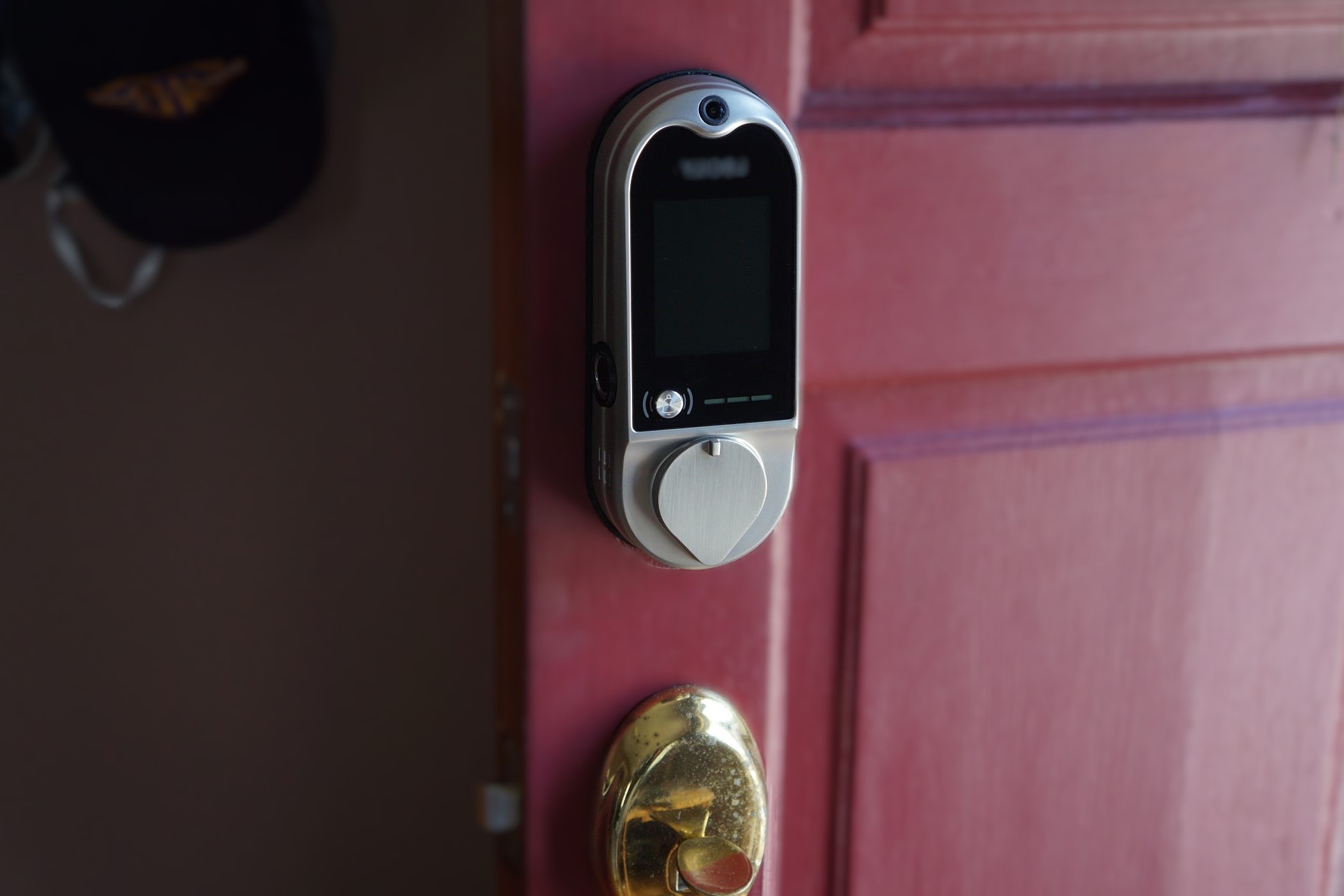
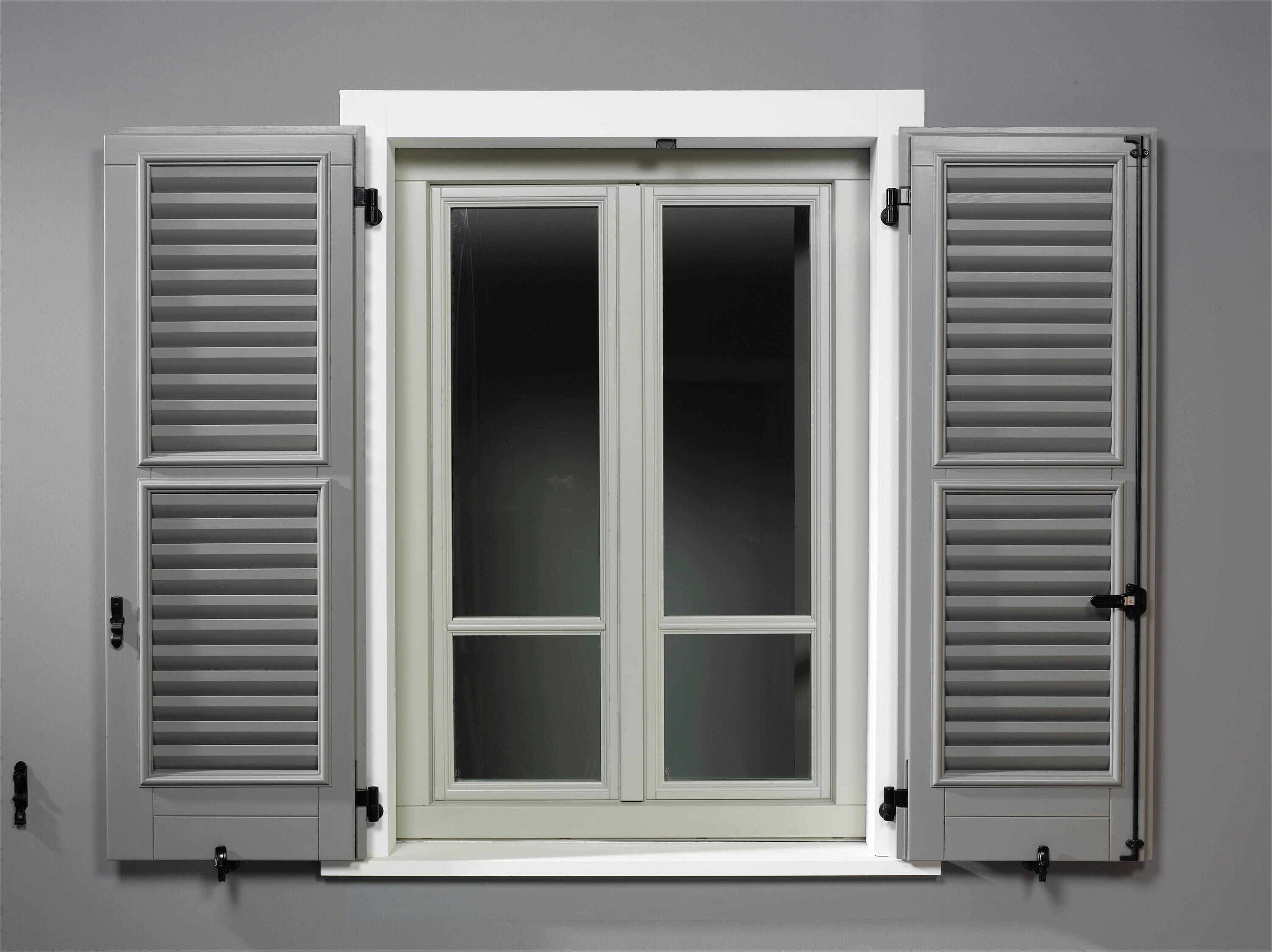
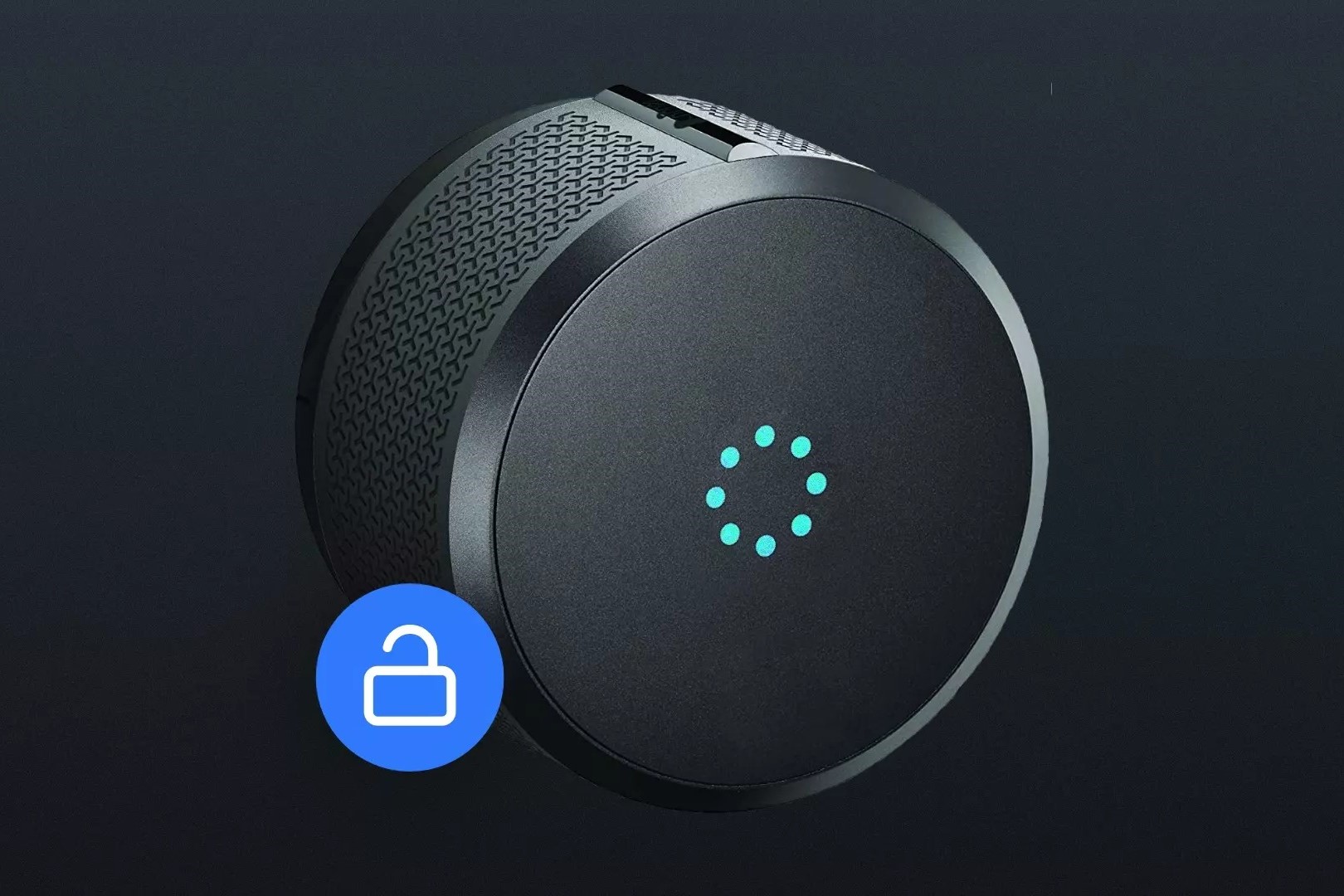
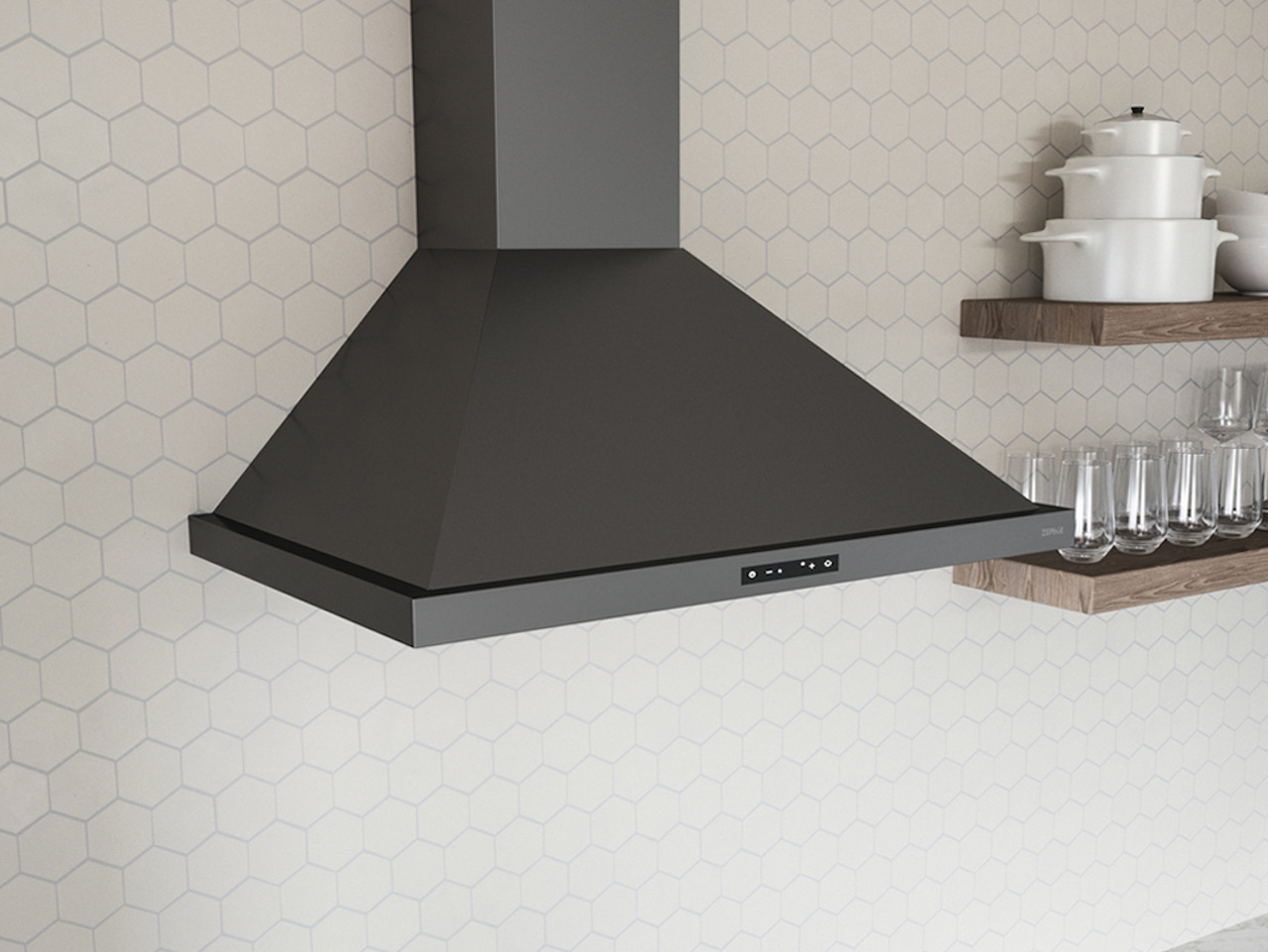
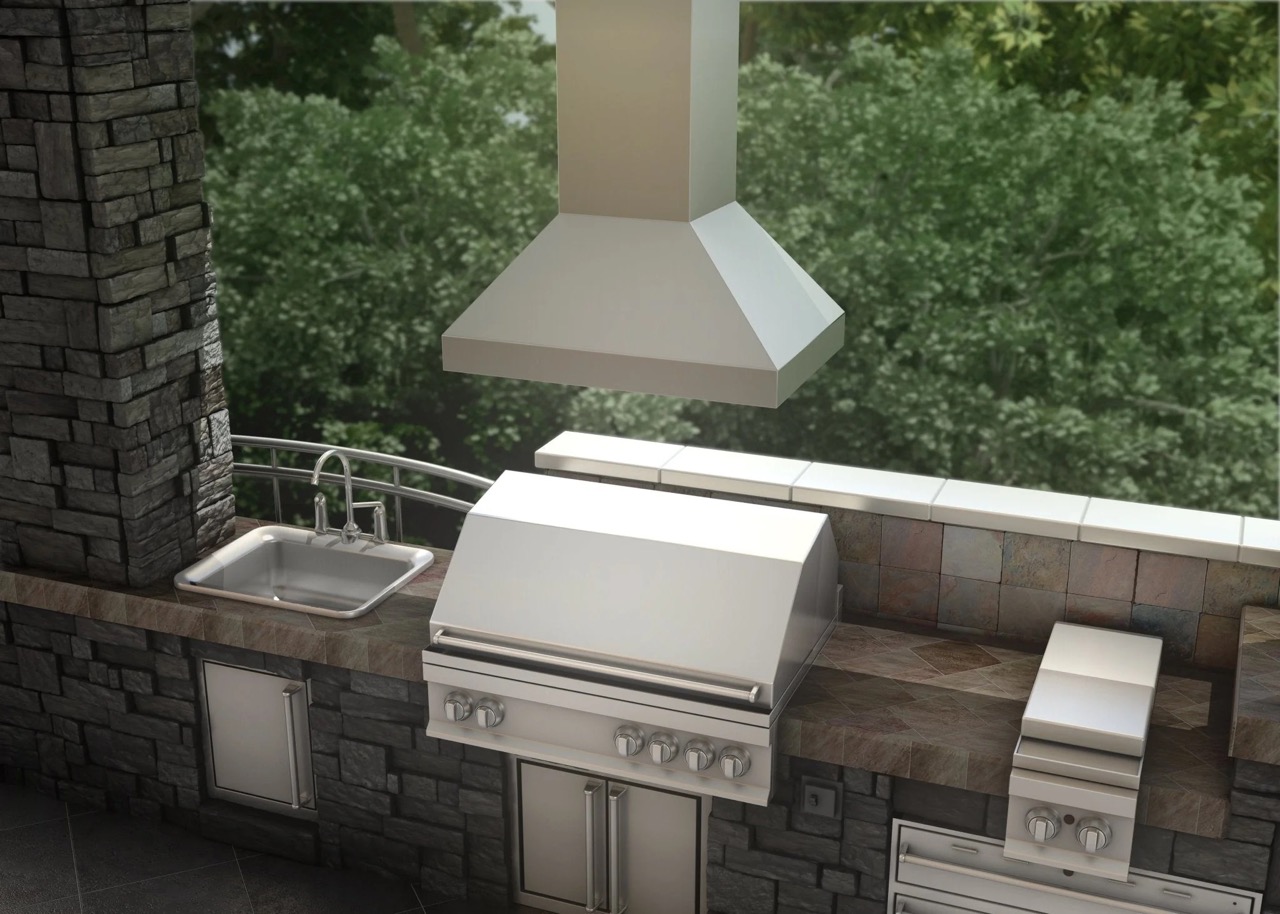
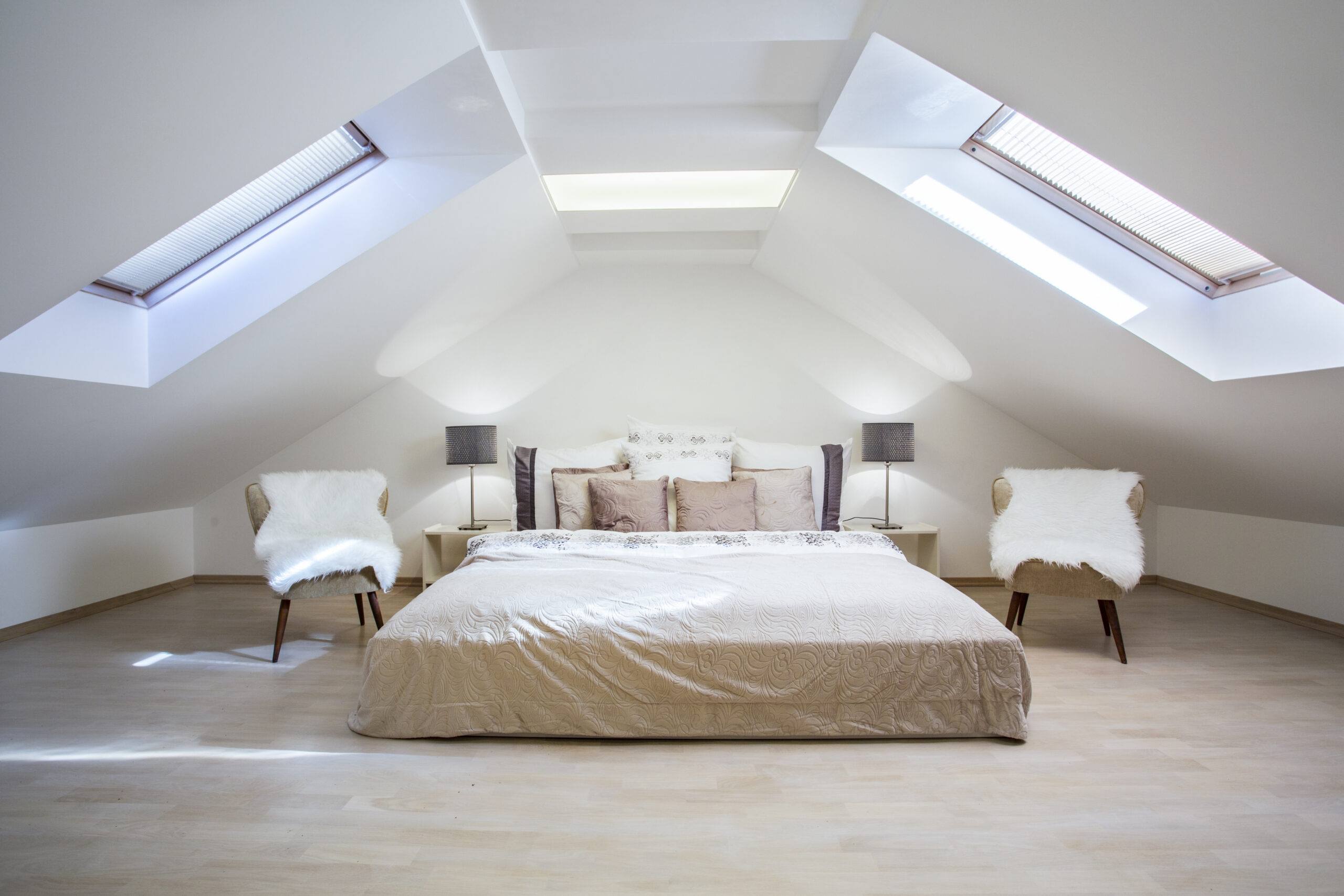
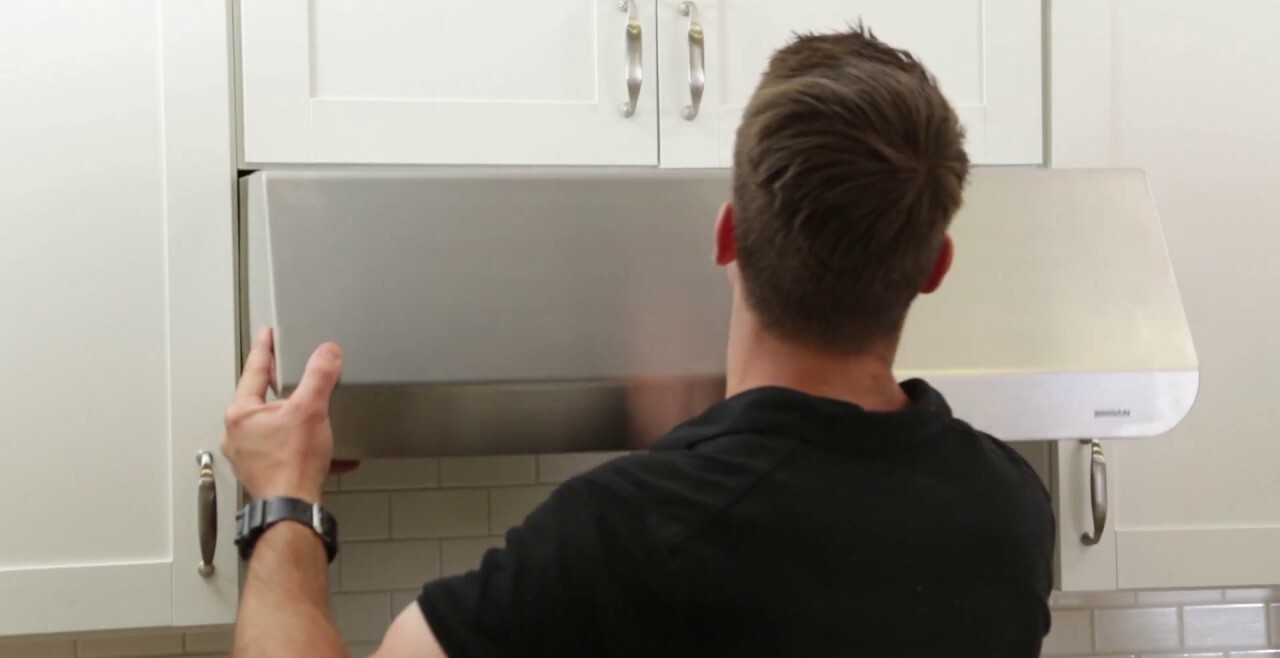
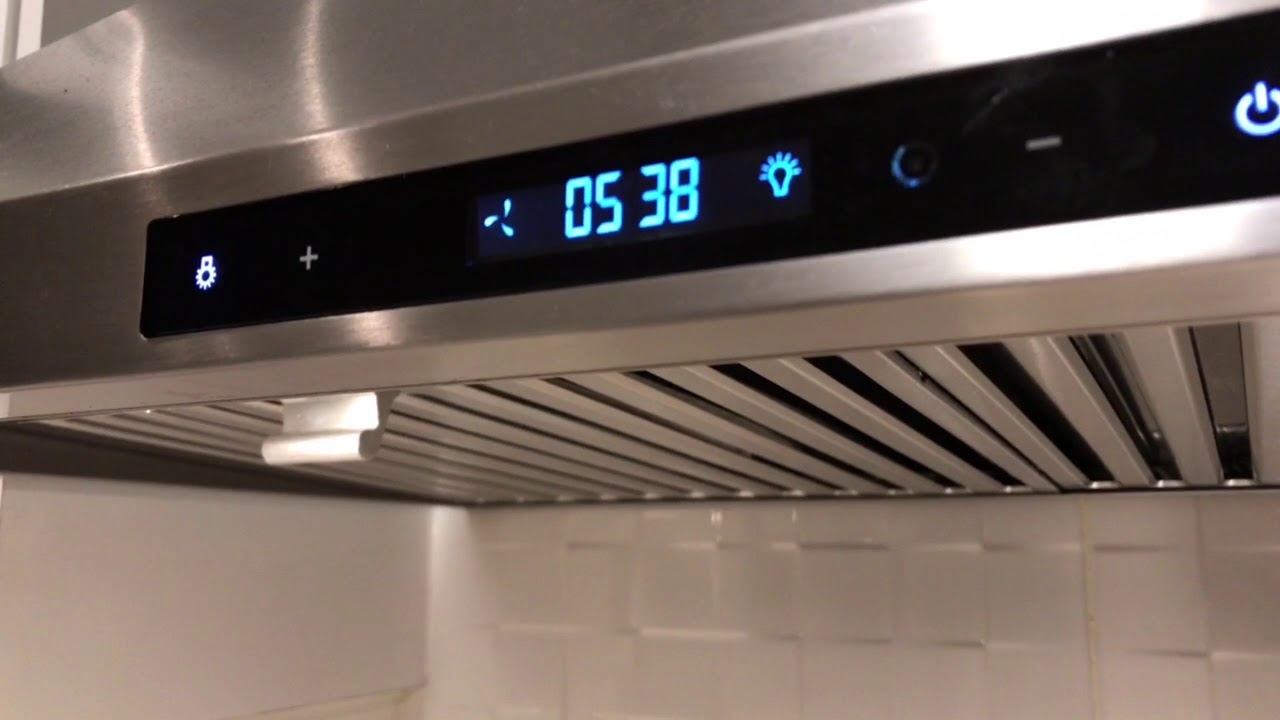
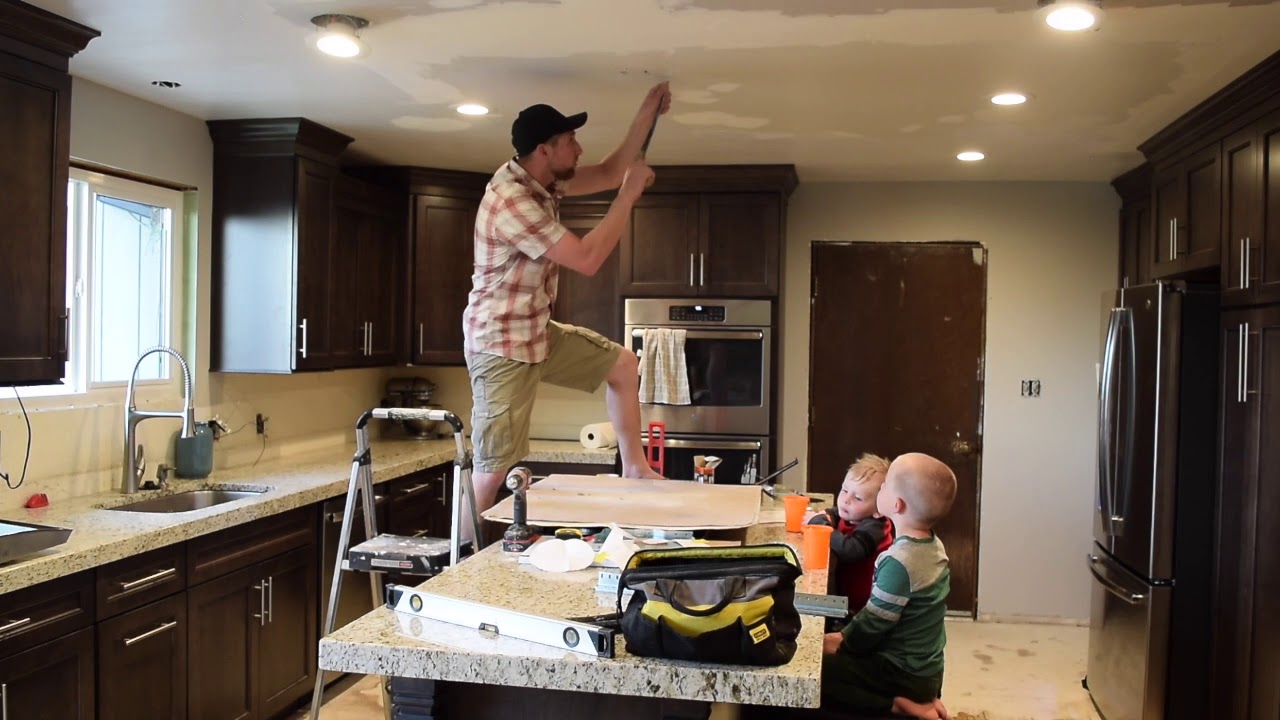
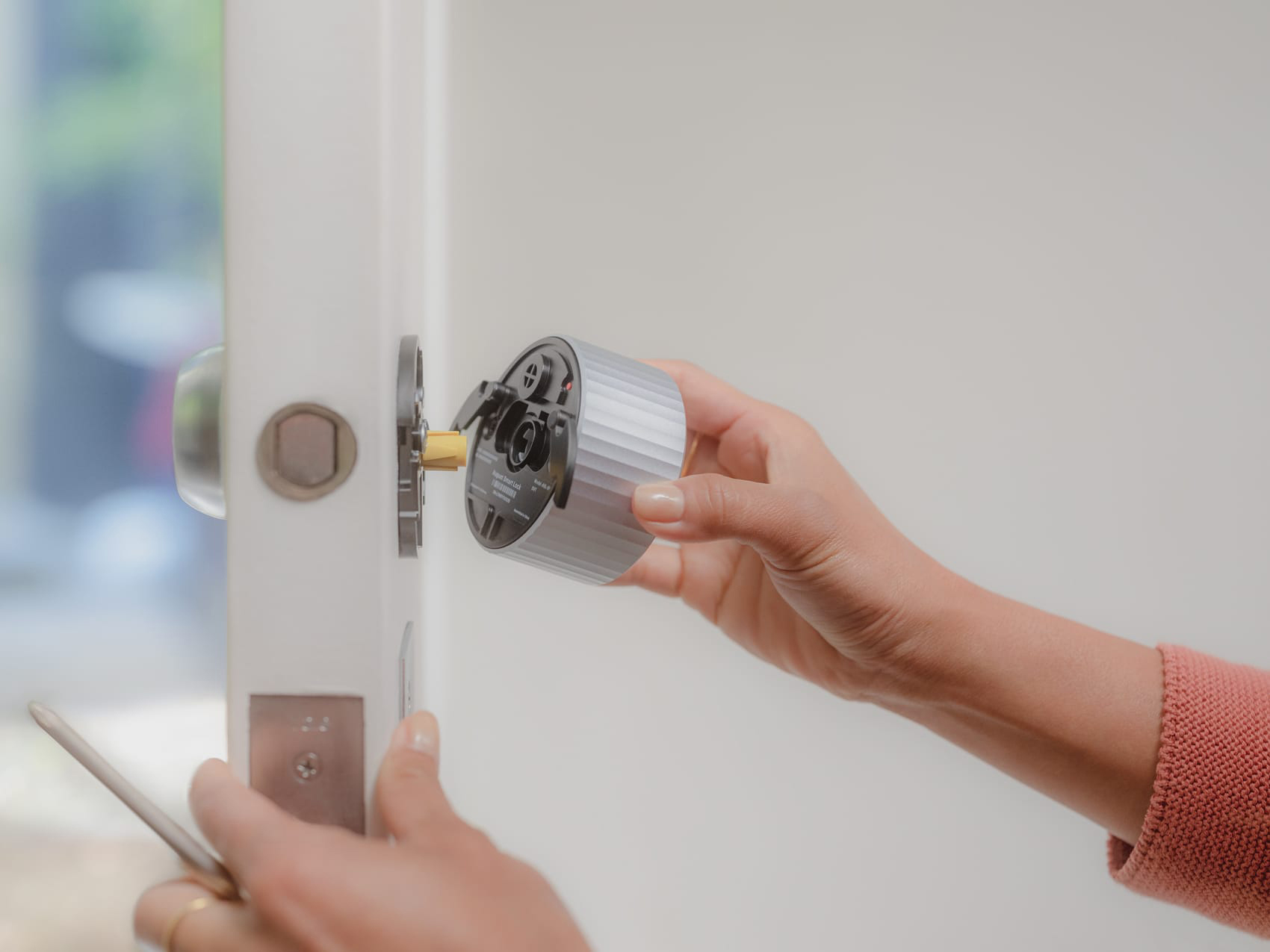
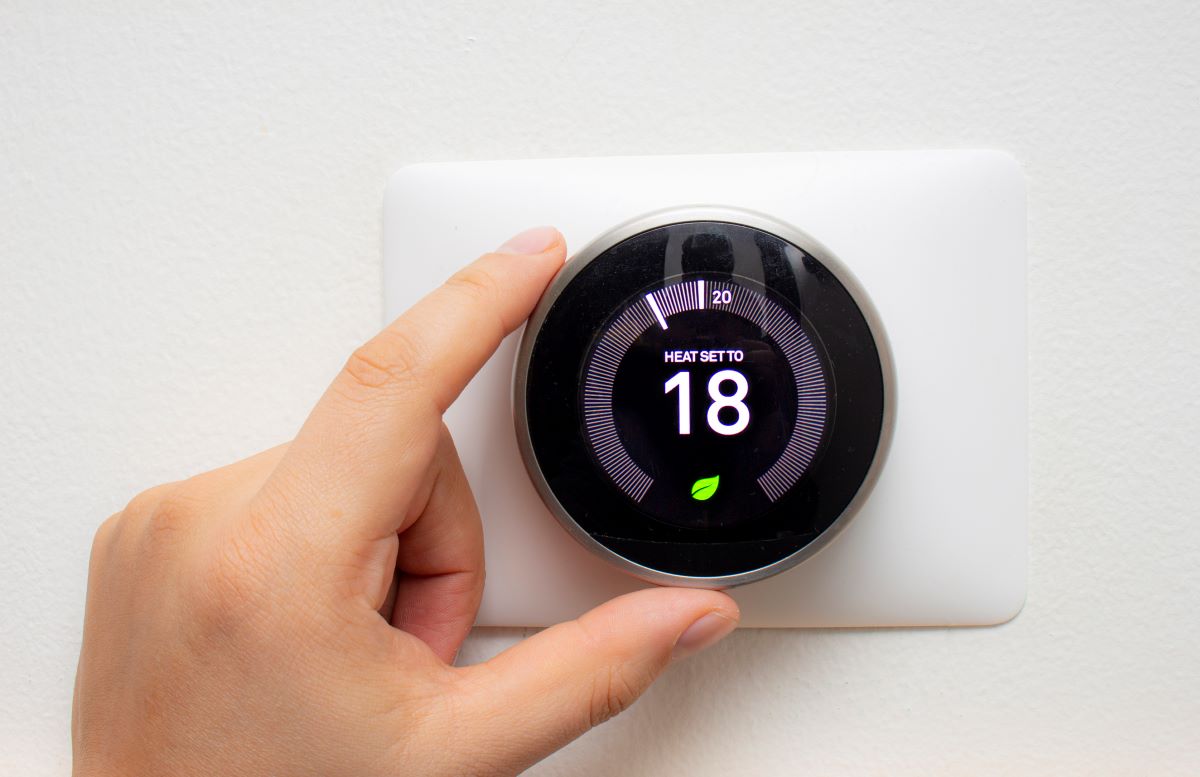

0 thoughts on “Smart Window Actuator Installation for Automatic Ventilation”